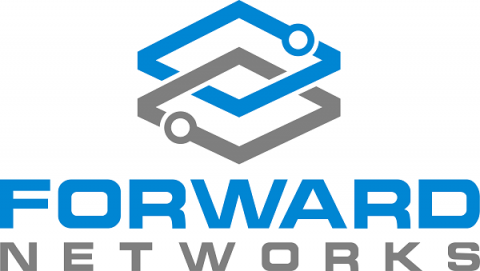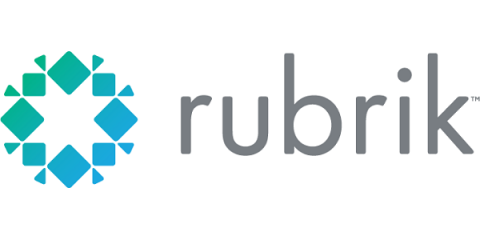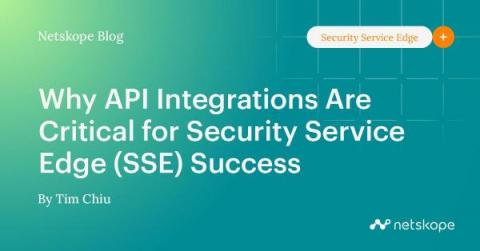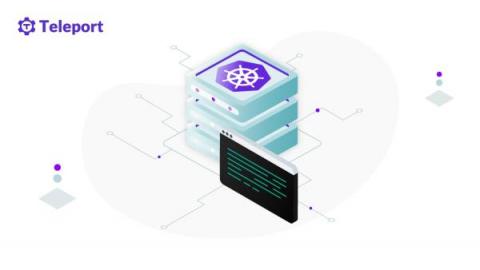Learn how to automate secure cloud application provisioning
The cloud offers agility and speed for DevOps teams. Being able to spin up environments and create applications in a fraction of the time previously required helps organizations launch new capabilities for customers, employees, and vendors quickly. For most companies, this means reduced time to market and the ability to recognize revenue faster.










